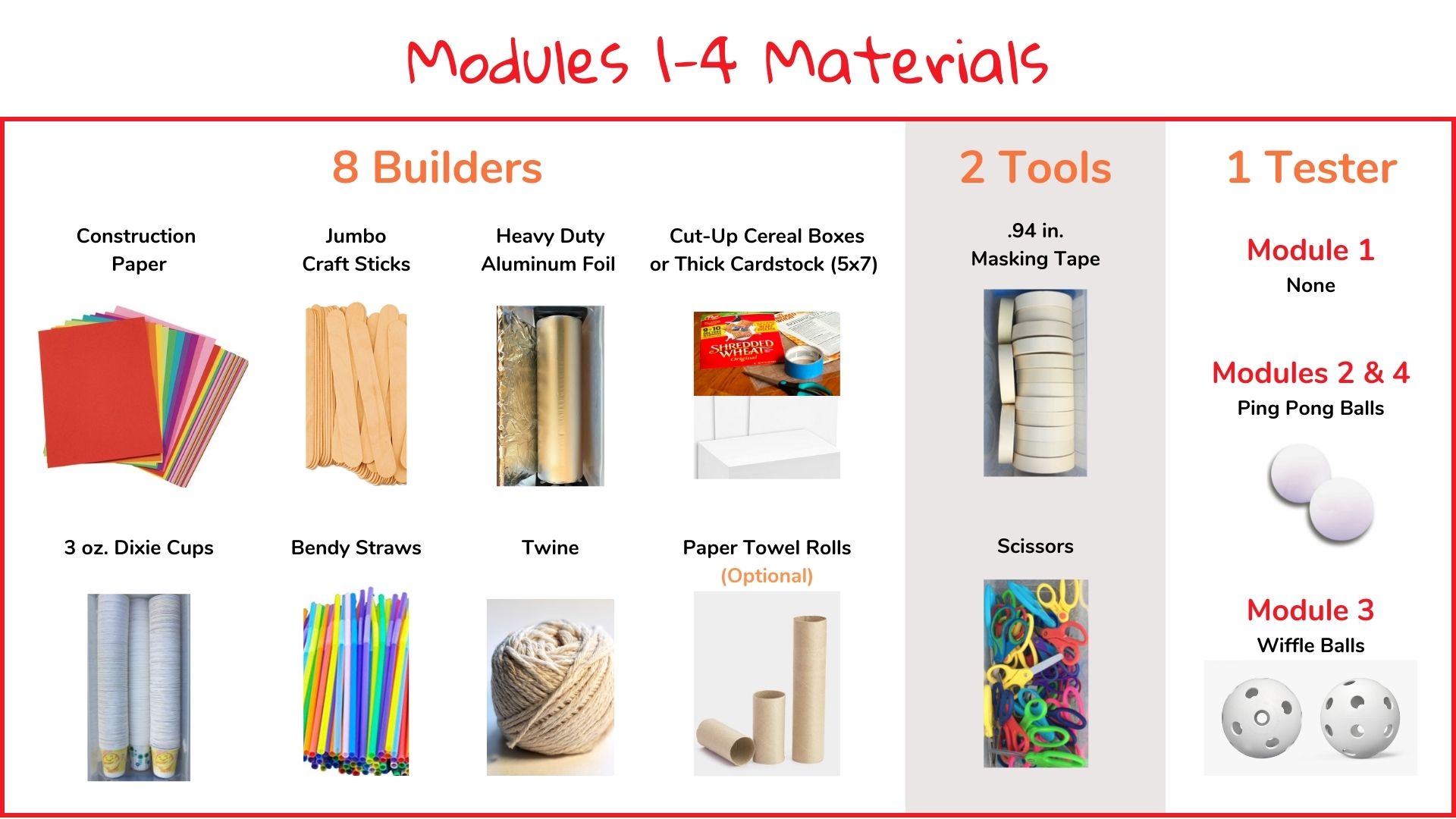STEM Challenge: ArachniKid Needs Skyscrapers

Context and Challenge
Superhero Metropolis has a new hero, ArachniKid, known for her unique ability to swing between skyscrapers with bubblegum strands. However, she faces a significant challenge in her quest to protect the city: the lack of skyscrapers prevents her from effectively catching villains like the elusive Windsurfer. The city needs innovative architects to design skyscrapers that will not only enhance its skyline but also aid ArachniKid in her heroic endeavors.
Construct sturdy skyscrapers for Superhero Metropolis that are both “totally sweet” and sturdy. These skyscrapers should be capable of supporting Arachnikid’s bubblegum-swinging activities, allowing her to navigate the cityscape swiftly and catch criminals more efficiently.
Constraints and Success Criteria
- The skyscrapers must stand on their own and be tall enough to simulate a cityscape conducive to ArachniKid’s mode of transportation.
- Each skyscraper will undergo a stability test to ensure it can stand independently without collapsing.
Materials

You do not need any testers for this challenge.
Logistics
- Prepare Materials: Ensure you have all the necessary materials ready beforehand and organize them so that they are easily accessible to students. Students should use no more than five of any one material per creation! For example, a student can use five straws and five pieces of paper, but not ten straws. If you provide aluminum foil, no more than one arm’s length piece for each student!
- Set Up Testing Area: Create a designated area where students can test their bio bubbles.
- Provide Guidelines and Constraints: Reiterate the challenge and the constraints to students as needed. Emphasize the importance of following safety guidelines and considering the constraints, while designing their bio bubbles. Building time is 45 minutes!
- Model the Design Process: Before students begin, demonstrate the design process by going through the steps yourself. Discuss how to brainstorm ideas, create prototypes, test them, and make iterations based on the results, as needed.
- Encourage Collaboration: Foster a collaborative environment where students can work together in pairs. Encourage them to share ideas, help each other troubleshoot challenges, and provide constructive feedback throughout the process. But no groups of three!
- Support Adaptation: Encourage students to embrace the mindset of adaptation and problem-solving. Help them see that setbacks and failures are opportunities to learn and make improvements. Guide them in identifying areas for adaptation and brainstorming alternative solutions.
- Facilitate Reflection: Set aside time for students to reflect on their design process and decision-making. Ask questions that prompt them to think critically about their choices, challenges they faced, and what they learned from the experience. This reflection can be done individually, in pairs, or as a whole-class discussion.
- Celebrate and Showcase: Once students have completed the challenge, celebrate their efforts and showcase their work. Provide opportunities for students to share their experiences, explain their design choices, and reflect on the overall learning journey.
CASEL Discussion Questions
Five questions aligned to Self-Awareness and Self-Management — our focus CASEL competencies for Module 1 — for teachers to foster an engaging discussion and social-emotional learning



